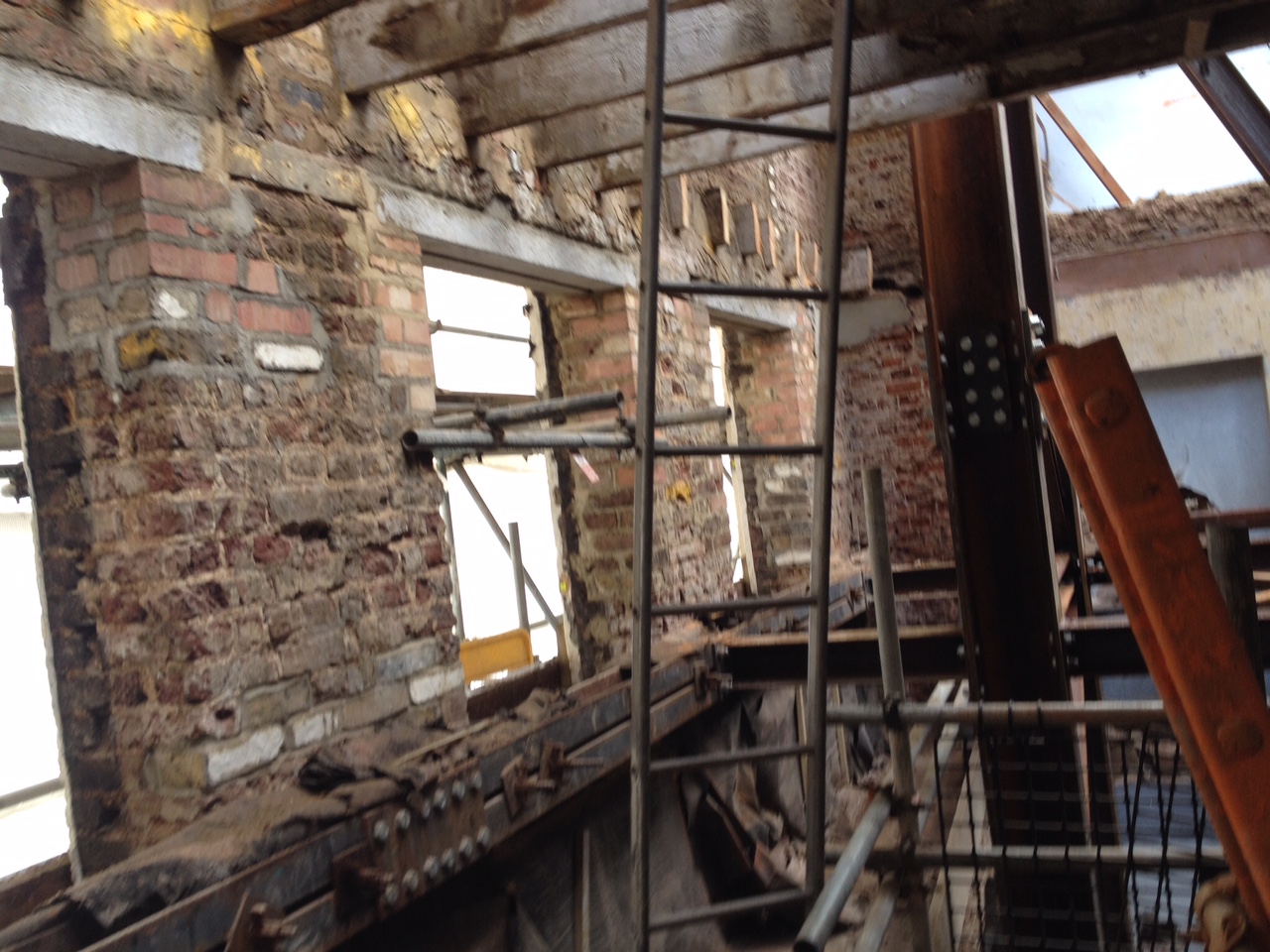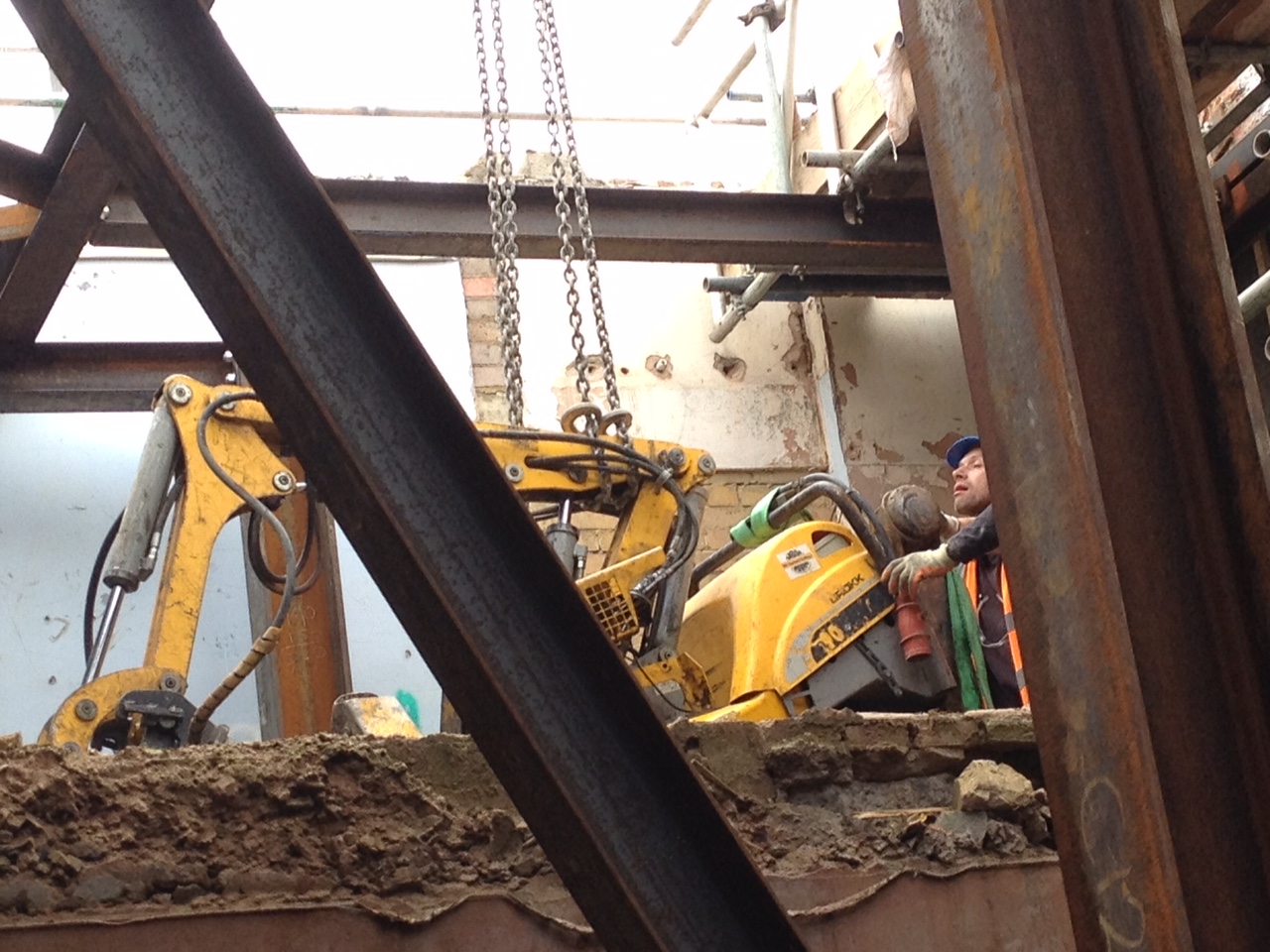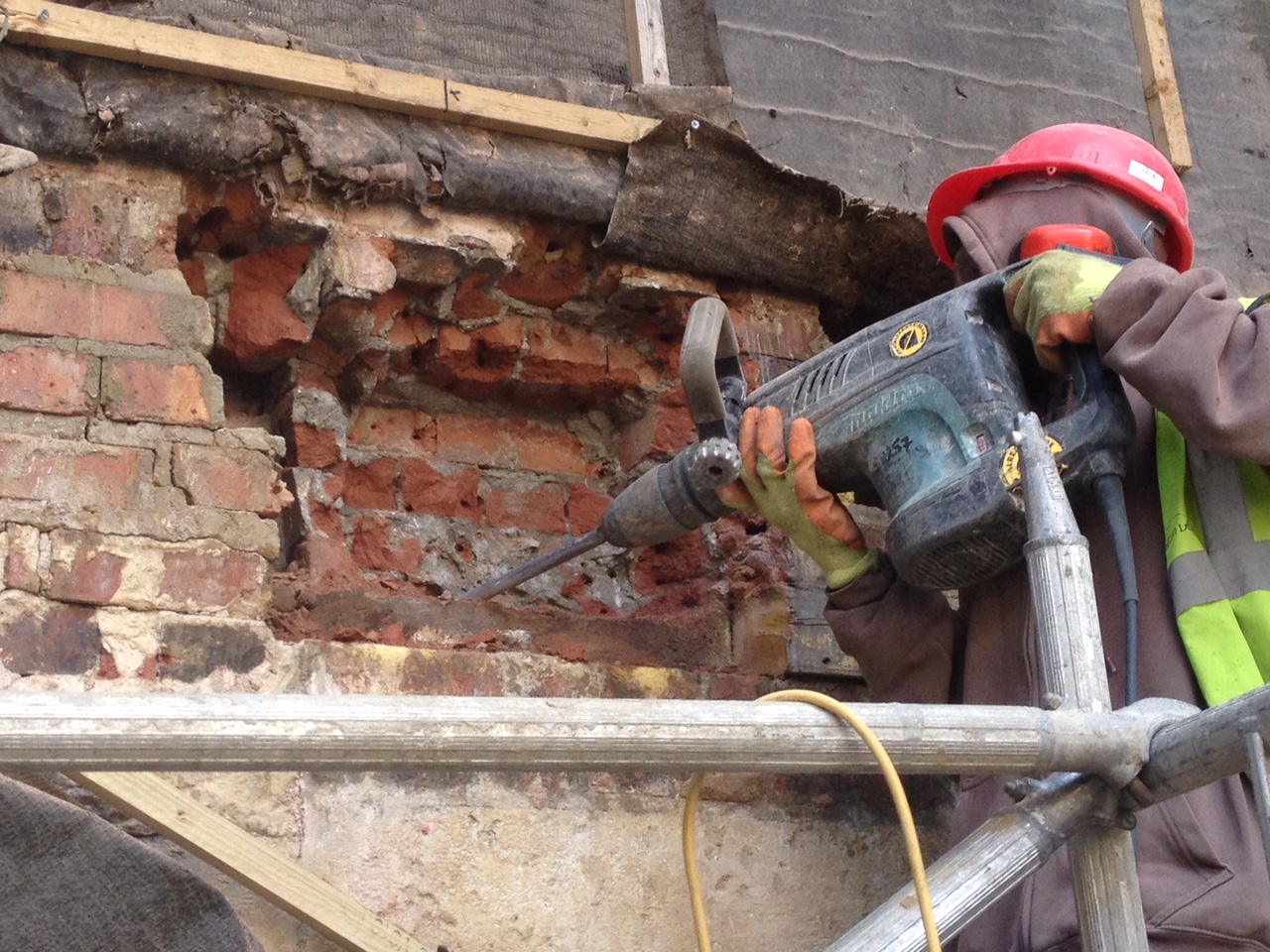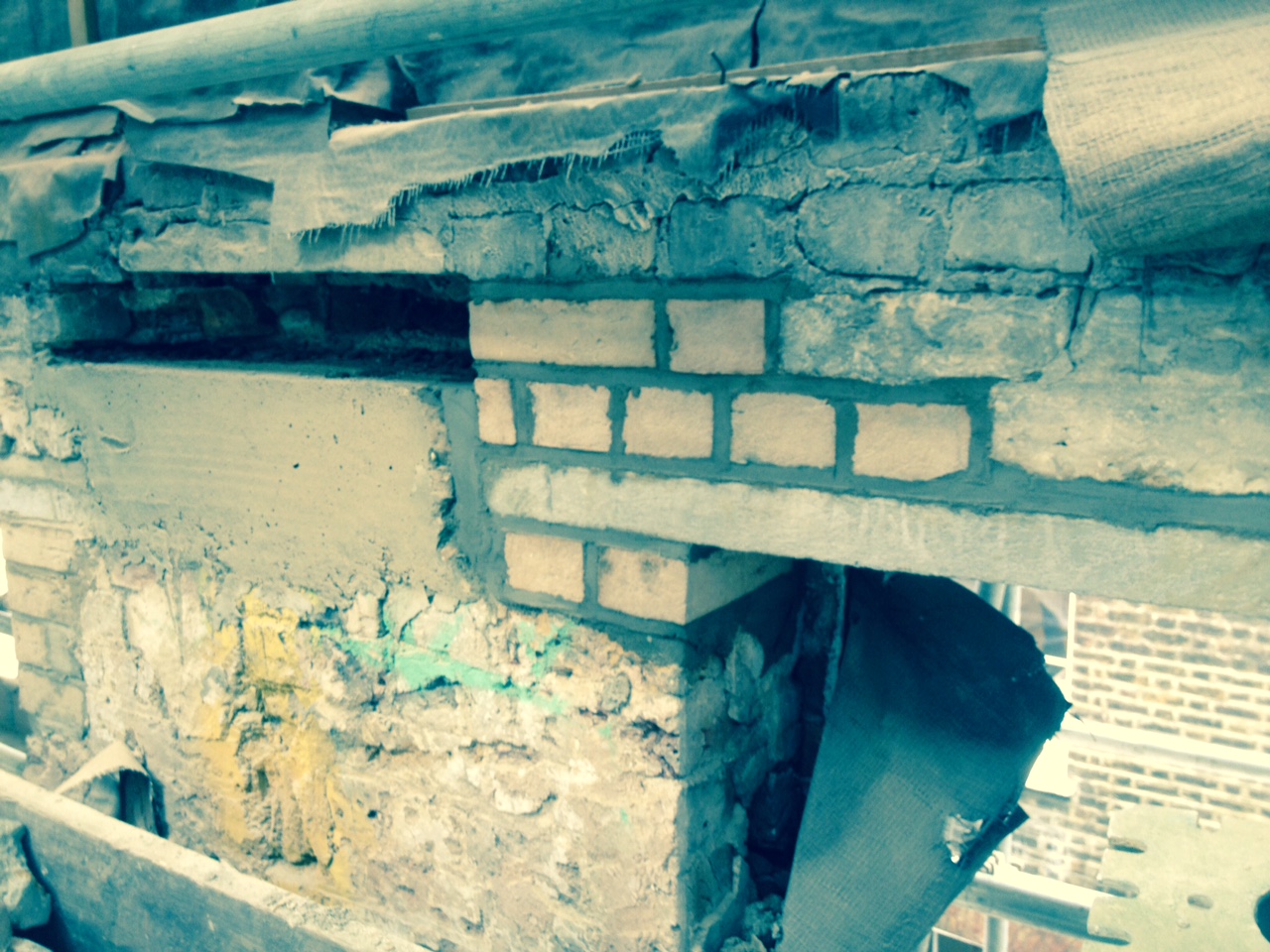|
Structural Repair:
More and more old
building & structures are being reused keeping some of the
beautiful old architectures. Plus there are substantial increase
in the amount of repair work now being carried out on reinforced
concrete structures not withstanding that a large number of
reinforced concrete structure are now coming of age and
requiring repair works.
This is where we can
help restoring your project and assisting your structural
engineer.
We offer the following:
Building/Sturctures
We work mainly in refurbishment projects such as listed
buildings or concrete structures, Bridge work where enabling works with
respect to the structure required, prior to the start of the
main project:
Some of the works we do in
structural Repair & Structural Strengthing
Concrete
 Strengthening of defected RC beam, column, etc.
Strengthening of defected RC beam, column, etc.
 Use of FRP (Fibber Reinforced Polymer)&CFRP
(Carbon-Fibber-Reinforced Polymer)
Use of FRP (Fibber Reinforced Polymer)&CFRP
(Carbon-Fibber-Reinforced Polymer)
materials have gained acceptance for civil engineering
infrastructure as a result of substantial research and
development efforts over the past 20 years.
FRP is an attractive choice for strengthening structures since
it is often cost-effective, easy and quick to install, and does
not significantly affect the mass or geometry of a structure.
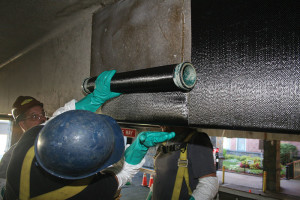
FRP fabric is easily tailored to fit any
geometry
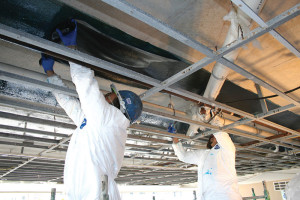
Additional tension reinforcement
increases the flexural
strength of slabs when FRP is
adhered to the tension side
FRP
composites vary in strength depending on the type of
fibber used.
While glass provides a tensile strength nearly equal to mild
steel yield strength, carbon composites (CFRP) provide a tensile
strength that vary from twice to five times the yield strength
of mild steel. While both FRP composites have tensile stiffness
lower than that of steel, carbon composite stiffness is twice to
five times the stiffness of glass composites. FRP composites
have approximately one fifth the weight of steel.

Installation of CFRP on an industrial
silo
FRP Application systems
provide a very practical tool for strengthening and retrofit of
concrete structures, and are appropriate for:
 Support for bending stress
Support for bending stress
 Shear strengthening
Shear strengthening
 Column confinement and tensile strenght improvment
Column confinement and tensile strenght improvment
FRP systems have also been successfully
used for seismic upgrading of concrete structures.
These applications include mitigating brittle failure mechanisms
such as shear failure of unconfined beam-column joints, shear
failure of beams and/or columns, and lap splice failure. FRP
systems have also been to confine columns to resist buckling of
longitudinal steel bars. These FRP schemes increase the global
displacement and energy dissipation capacities of the concrete
structure, and improve its overall behaviour.
Because of the resistance to corrosion, FRP composites can
be utilized on interior and exterior structural members in all
almost all types of environments.
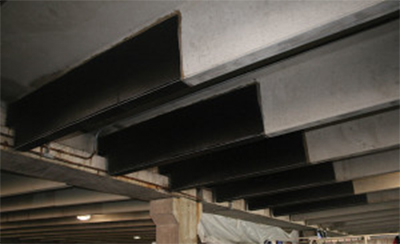
CFRP reinforcement on parking garage
beams
FRP composites are designed to
last for the service life of the structure
General use of FRP:
FRP systems have been successfully used to strengthen buildings,
bridges, silos, tanks, tunnels, and underground pipes.
Underpinning:
Underpinning is a method used to increase
foundation depth or repairing faulty foundations.
Cracking:
Cracks can appear vertically or
horizontally in concrete wall, column or,…
Flooring
Fine Crack Repair: is a solvent free, low viscosity epoxy resin
designed for filling smaller cracks, voids and thin section
"blow outs" or craters in concrete floors.
Epoxy Adhesive Paste:
For bigger horizontal joints. Hard and tough enough to protect
joint edges from heavy wheel loading, but possesses sufficient
flexibility to accommodate 10% movement of the joint width.
Flexible Joint Filler
Where cracks are deep we suggest using Flexible Joint Rods which
are foam strips to 'pack out’ before using Flexible Joint
Filler.
Elastomeric repair paste; specially developed and with a high
degree of flexibility for use as a caulking compound and joint
filler. This product is used for larger cracks or opening.
Brick works
RP Paste & Rod: In the case of old brick structure when it comes
to restoration and repair there is the need for flexibility, and
use of GRP materials exactly does that providing structural
repair.
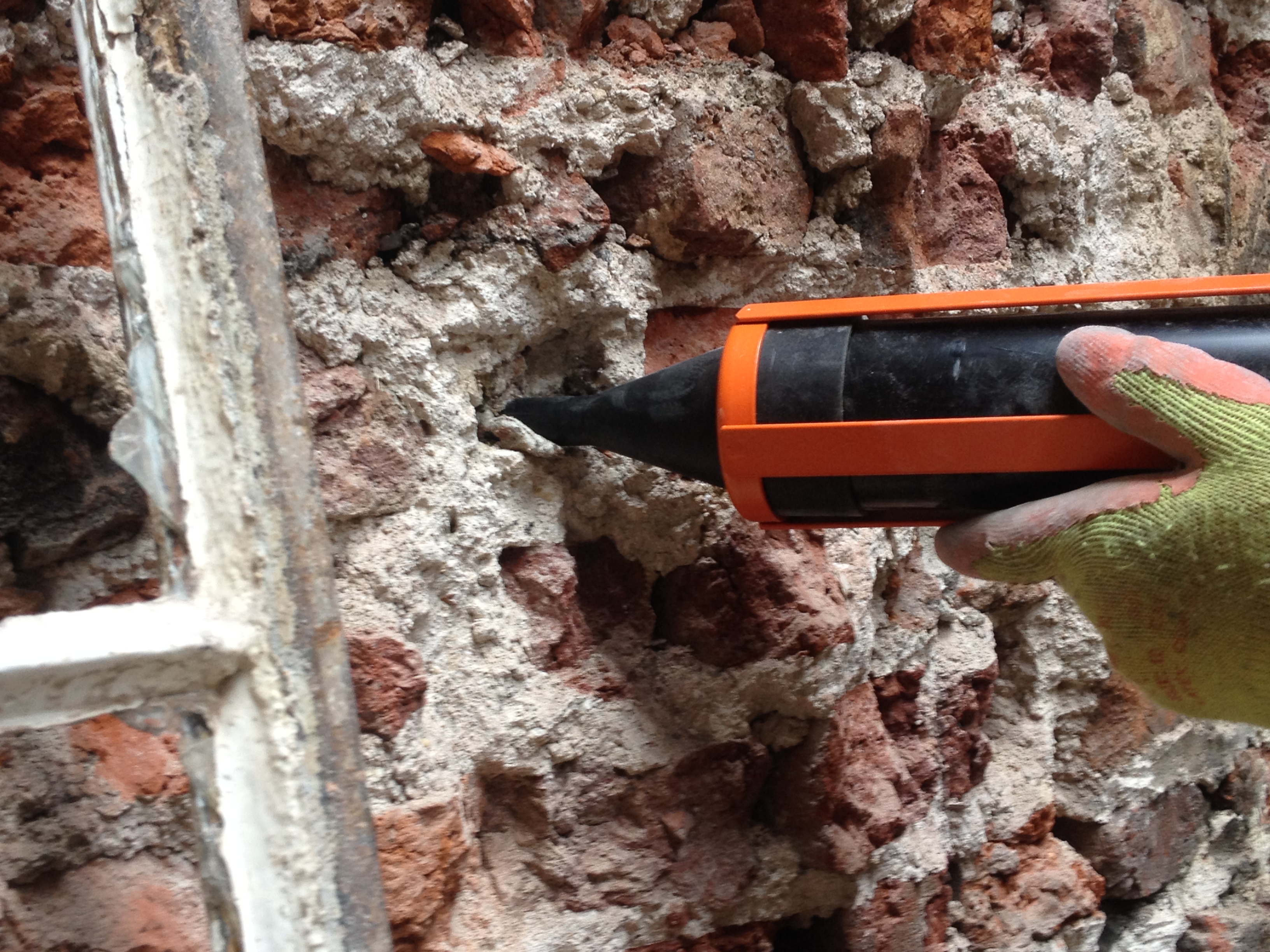
GRP paste being injected into the joint
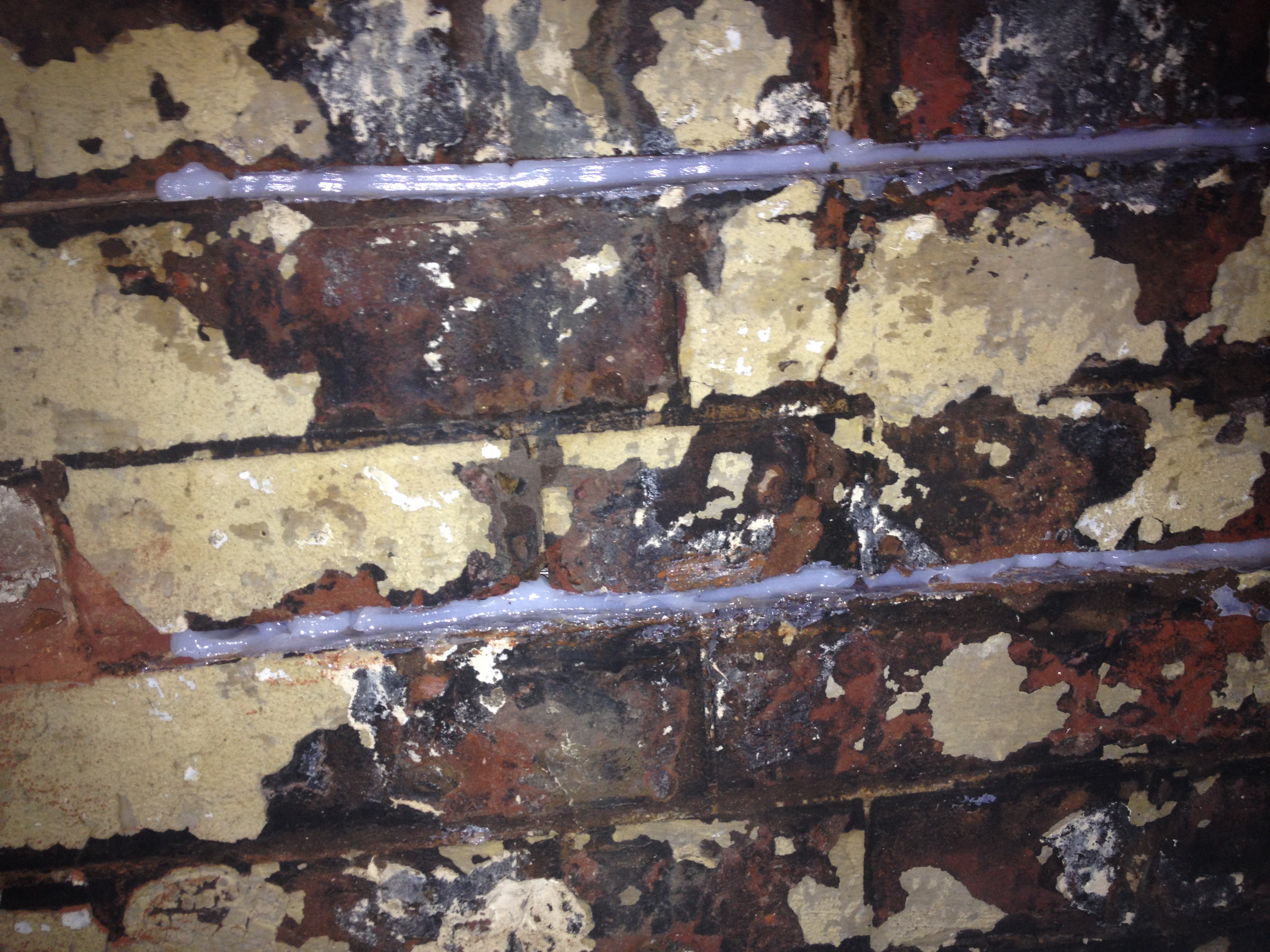
Brick joints filled with GRP in a listed
building
The Brick stitching system:
allows the cracked wall to behave as a
reinforced non-fractured unit. Having a
galvanised steel bar shaping the crack stitch rods physically
interlock with the bonding agent and display a unique and
resilient torsional spring-like quality that allows small
amounts of wall movement and recovery to occur without brittle
failures.

Galvanised twisted bar in the bed joint
Incorrect pointing
Inappropriate mortar mix can cause problems in both the mortar
and the stone itself. The main problem is usually related to
having too strong a mortar. This can be corrected by use of
correct mix and jointing.
Stone
Similar to work on Brickworks, Helifix or similar product is
installed into the bed joints of a stone wall. The galvanised
bar is flexible to allow it to follow the contours of the
cracks. The bars are being bedded in high strength grout which
will be left recessed ready to be pointed so that only the
mortar pointing is left visible. These bars are used to
reinforce and tie the building back together.

Cracked bed joint in a stone wall is
prepared to install twisted galvanised bar
We use various products to
carry out the repair works such


Picture gallery of previous projects
|
